Easy ways to make your home more pet friendly
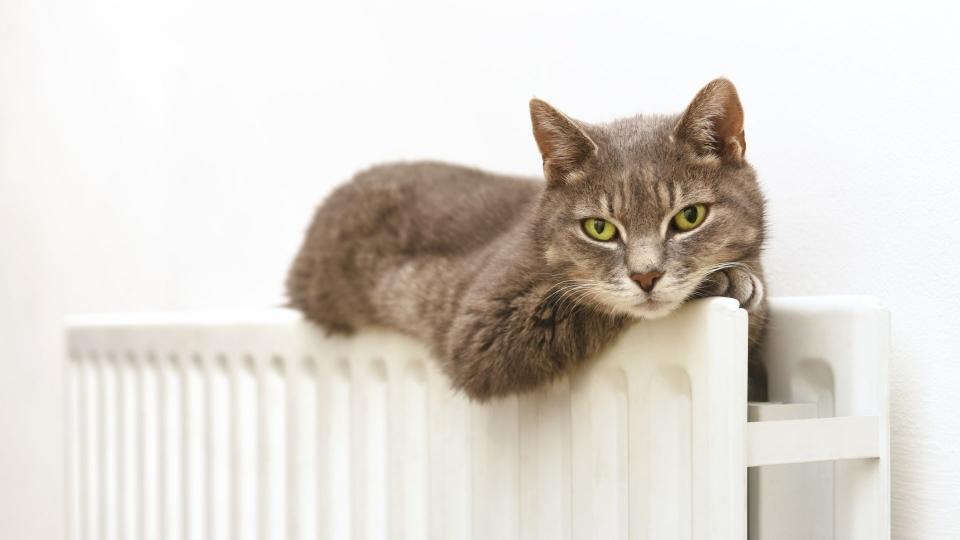
It is important to make your home safe and comfortable for your pet — here are some things you can do to help
A man's home is his castle, so they say, but if you have a pet it needs to be a safe haven for them as well. Before you bring your pet home there are a series of checks you need to do to make sure your home is suitable for your new furry friend.
Aside from the excitement of buying a new pet bed, and toys, and stocking up on their favorite food, you need to audit your house and make sure that there are no obvious hazards or things that could potentially cause your pet harm.
Whether it's making sure that none of your house plants are poisonous, or building a nice safe space for your cat or dog to adjust to their new home, here are some easy things you can do to make your home more pet friendly.
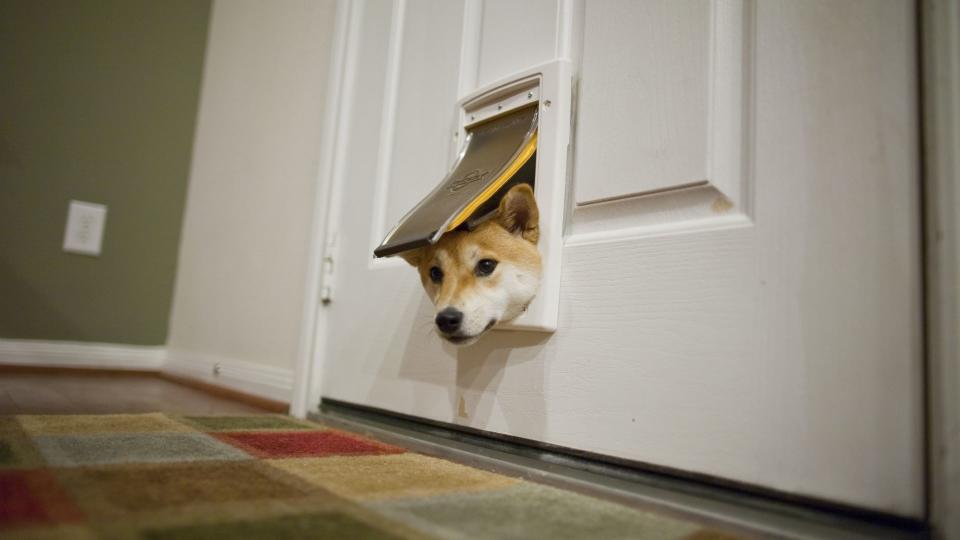
Cat or dog flap
A doggy door or cat flap can give your pet the autonomy to take themselves out to go to the bathroom or explore. While some pets will disregard their own access point and ask you to open the door for them anyway, it's better that they have the option, particularly if you are often out for extended periods of time. If you have a doggy door, ensure that it opens into an enclosed space or private land so that there is no risk of your dog running into a road.
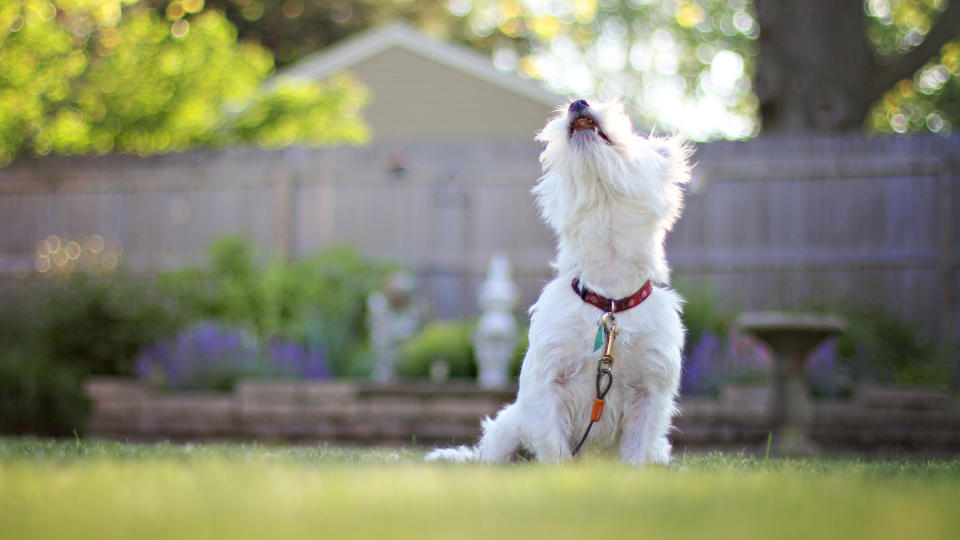
Secure garden
A secure garden can be a great asset when you have a dog, as it gives them a safe space to play, explore, sniff, and go to the bathroom. Dogs generally enjoy being outdoors and while you will still need to walk them, a garden gives them the opportunity to burn off excess energy and gain mental stimulation from their surroundings. They can also sunbathe, watch the birds, and go to the toilet when they need to if they have free access through a doggy door.
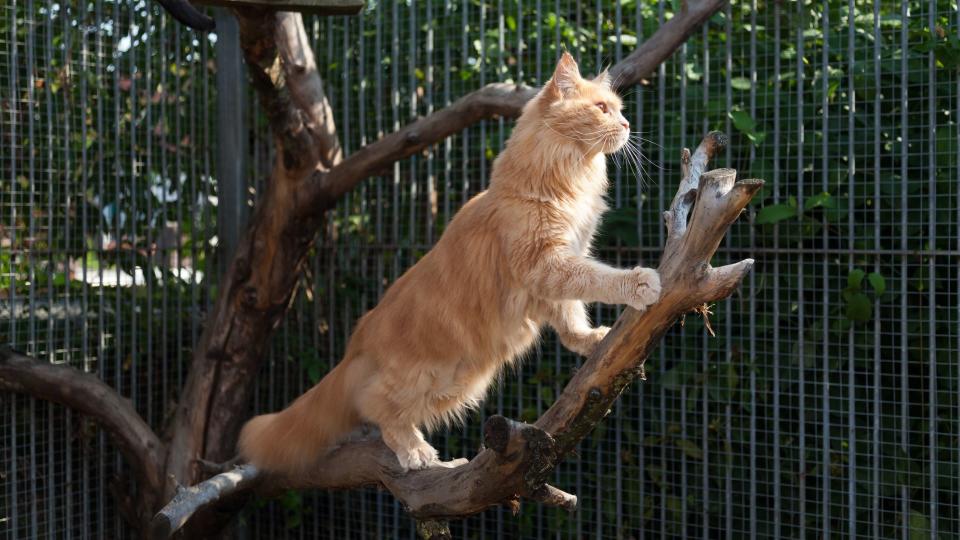
Outdoor run
If you have a cat with a health condition or who tends to wander, an outdoor enclosure can be a great way for them to experience the outdoors without the risks of letting them roam. You can add interest with a "jungle gym" of sorts with branches for your cat to climb and areas to hide. Allowing your cat to explore and follow their instinct to hunt, hide, and play can enrich their lives, particularly if they are primarily an indoor cat.

Running water
Cats in particular can be disinterested in water when it's in a bowl. Pet fountains can be a great way to keep your pet hydrated, as the running water is appealing to them, and the sound of water can attract them and remind them to drink. Dogs often like running water too, but are more content to drink it from a bowl if it is refreshed regularly.

Scratching posts
Having scratching posts available for your cat is a great way to add some interest to their day while simultaneously giving them an outlet for boredom. It can also redirect potentially destructive behavior like scratching furniture or carpets by giving them something more appealing to scratch. Scratching is a natural behavior for cats and how they care for their claws, so it's a good thing to provide for them.

Gates
Gates are a great way to split your house into pet-friendly and not-so-pet-friendly if you need to. If you have a front door that opens onto a driveway or main road, a gate can help prevent your pet from rushing outside. They're more effective for dogs than for cats, as cats can more easily climb and jump them, but they still might give you a few extra seconds to close an open door before your pet rushes out. They can also be useful to prevent pets from going upstairs if you don't want them in bedrooms.
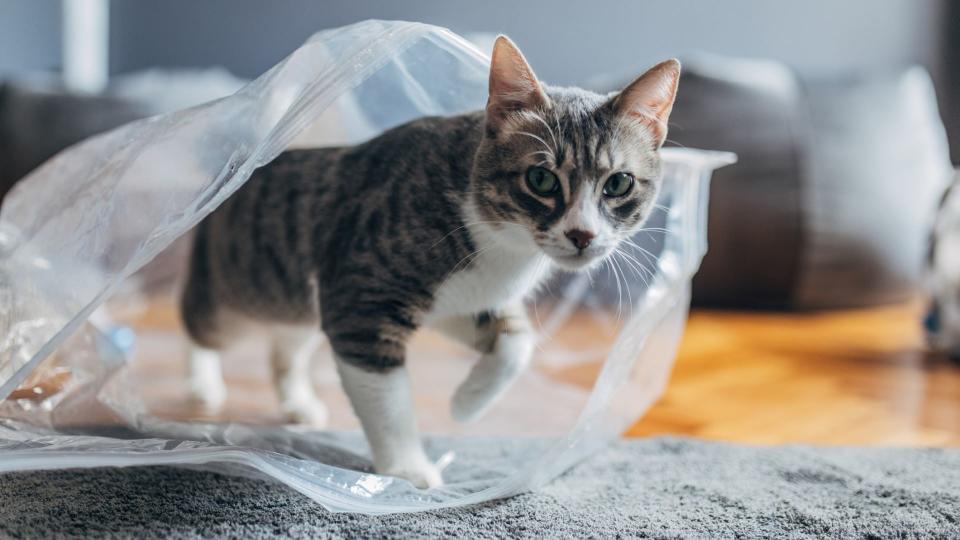
Correctly storing plastic bags
Plastic bags can be great to play with if you're a cat, but are a choking hazard and in some cases pose a risk of suffocation. They can also get tangled around your pet and cause injury through tripping. Ensure you store your plastic bags out of reach of your cat or dog and dispose of any plastic packaging quickly so they don't get the chance to play with it.
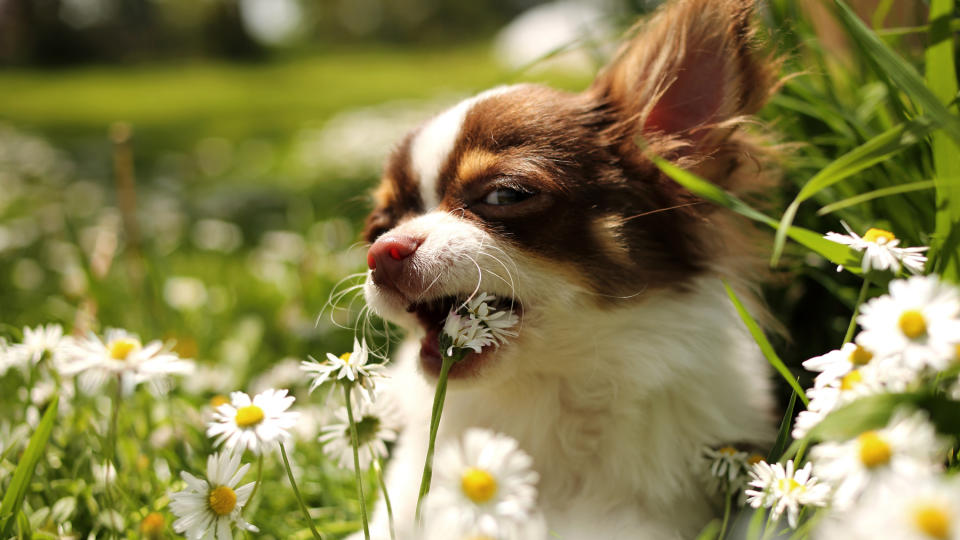
Remove toxic plants
That Aloe might be pretty, but if your cat decides to chew on it, it could cause them horrible health issues. Be careful bringing cut flowers into the house as lilies, azaleas, and tulips can all be toxic to pets if ingested. The pollen can inconspicuously spread and contaminate something your pet might lick or eat, so it's best to just keep these toxic plants out of your house, period.
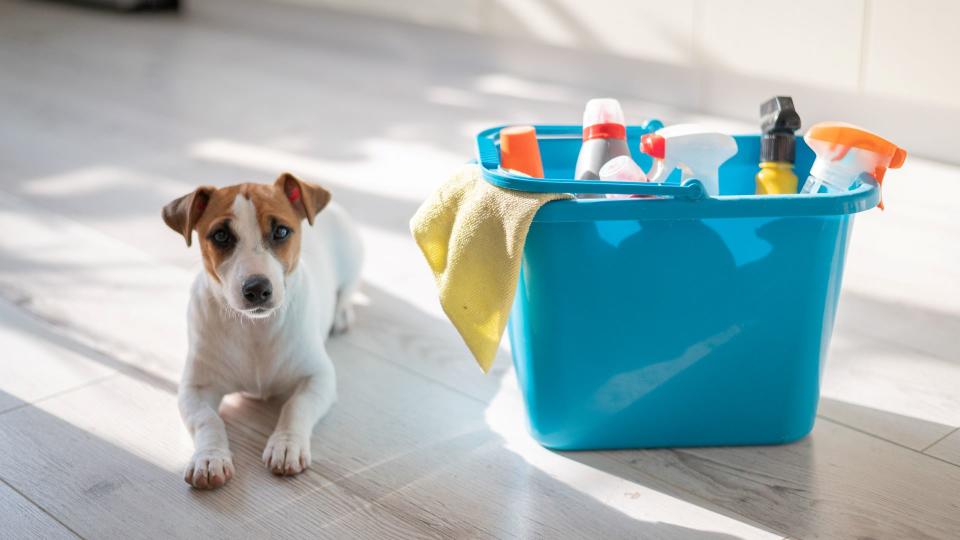
Use pet-friendly cleaning products
Cleaning products can be a hazard to pets, especially when inhaled or ingested. Make sure your pet is shut in a separate room while you clean, if possible, and use non-toxic cleaning products where you can. If something smells interesting to your pet, they may lick it and ingest something that could potentially poison them. Make sure you store your cleaning products out of their reach.
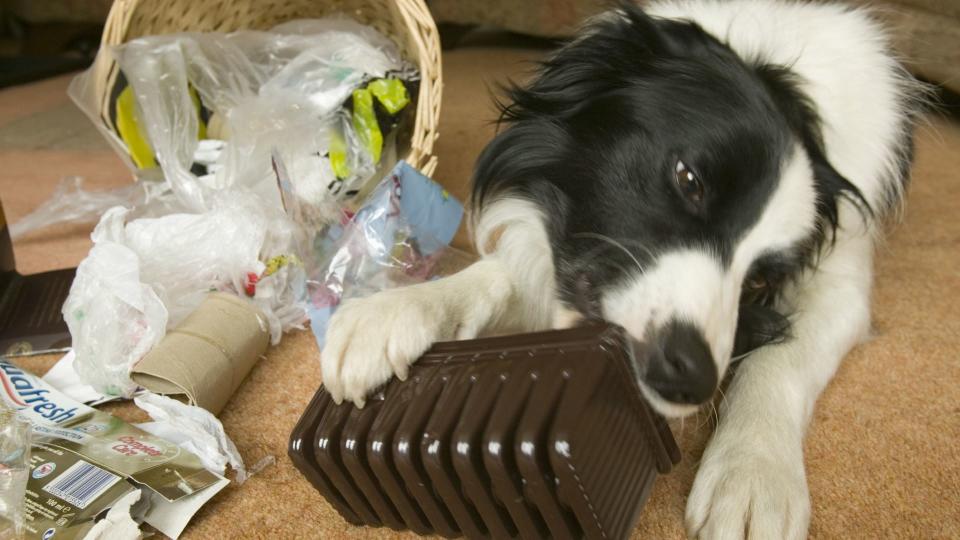
A properly closing bin
Ensuring that your bin closes properly could save you many trips to the vet. This goes for every bin in the house. Even if your dog never goes upstairs it only takes a minute in the bathroom to eat something that could cause a blockage in their digestive tract or make them seriously ill. Tampons, condoms, and food wrappers can be particularly dangerous as they can cause blockage in the intestines that may require surgery. Bins should ideally be too complicated for your pet to open and have a lid too heavy for them to flip by themselves.
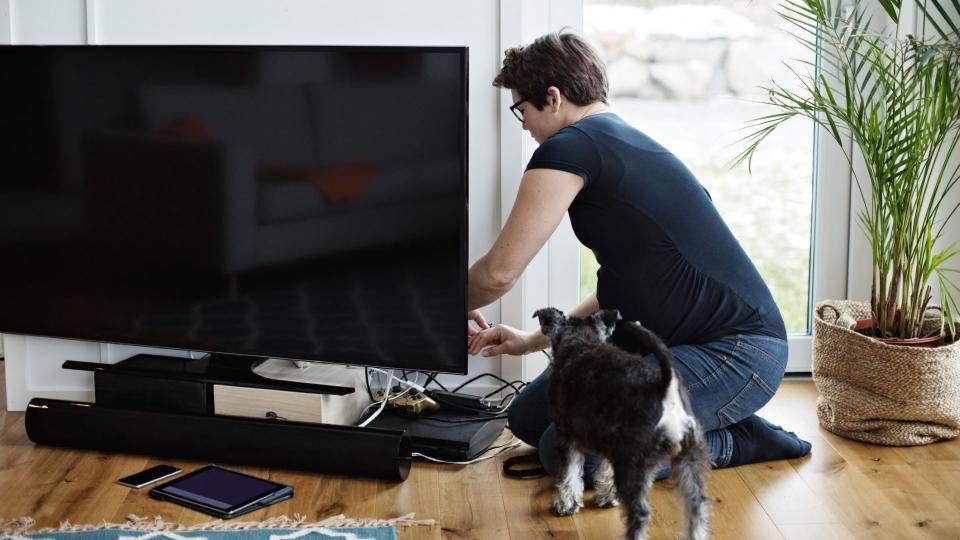
Correct cable storage
Animals chew cables. Cables tend to be electrified. It's an accident waiting to happen. While dogs and cats might not be as bad for chewing cables, pets like rats, rabbits, and ferrets can chew down to the wire in a matter of minutes, putting them at risk of electrocution. There is also a risk that your pet could pull an appliance down on themselves while playing with a cable, so it's important to keep them securely tucked away and out of your pet's reach.
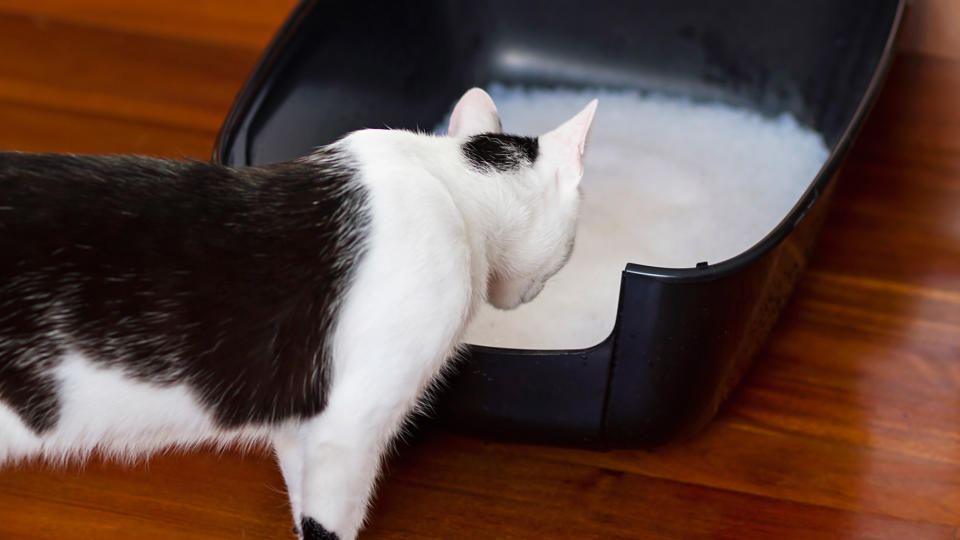
Litter tray or box
It is important that pets know the bathroom protocol to reduce accidents in the house and ensure they feel comfortable and safe when toileting in their new home. Keeping a litter box or tray in the same place will help your cat to feel secure and they will quickly remember where it is. For dogs, routine is key, and knowing where to go when they need to can help them learn to ask to go out by waiting in or near that place.
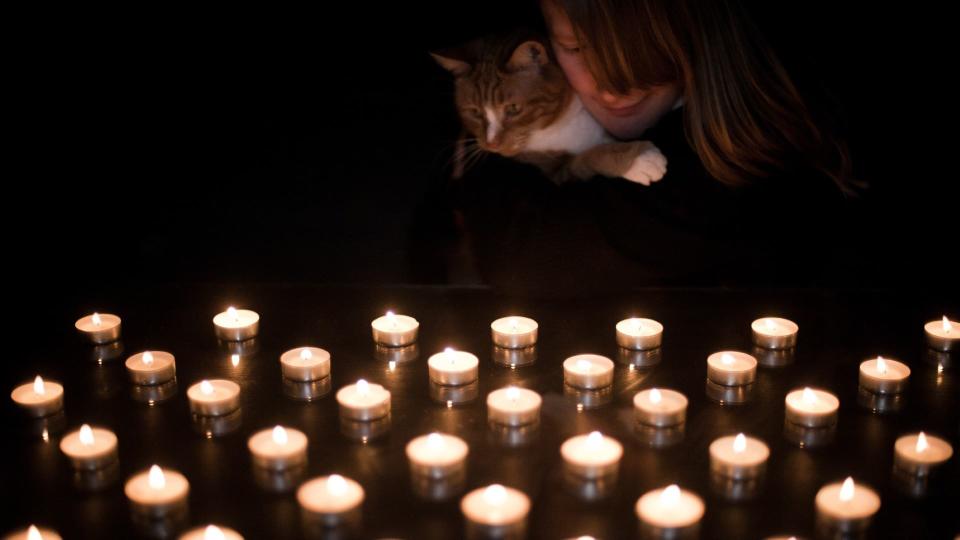
Open flames
Open flames can be mesmerizing to our furry friends, and while the traditional image of a cat curled up by a fire is very romantic, some pets can't be trusted around open flames. Candles, incense, or wood burners can be a fire hazard if your pet knocks them over while trying to play with them, and if a stray spark gets into their fur it could burn your pet or singe their coat.
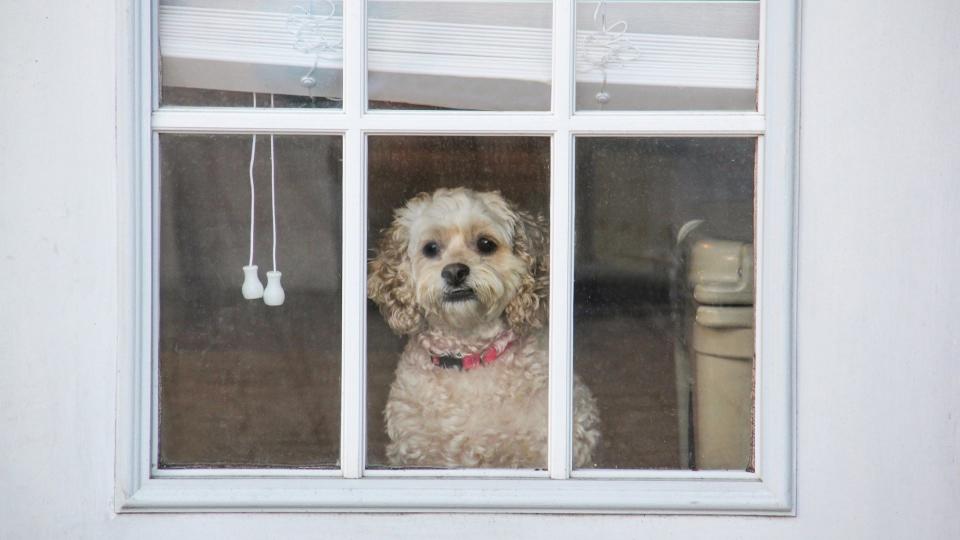
Suitable curtains
It might seem like a trivial thing, but having curtains or blinds that your new pet can't get caught up in could save their life. While cats are known to climb curtains, dogs tend to be more interested in looking out the window. If either of these activities results in a cord around your pet's neck or a curtain rail falling on them, they could be seriously hurt.
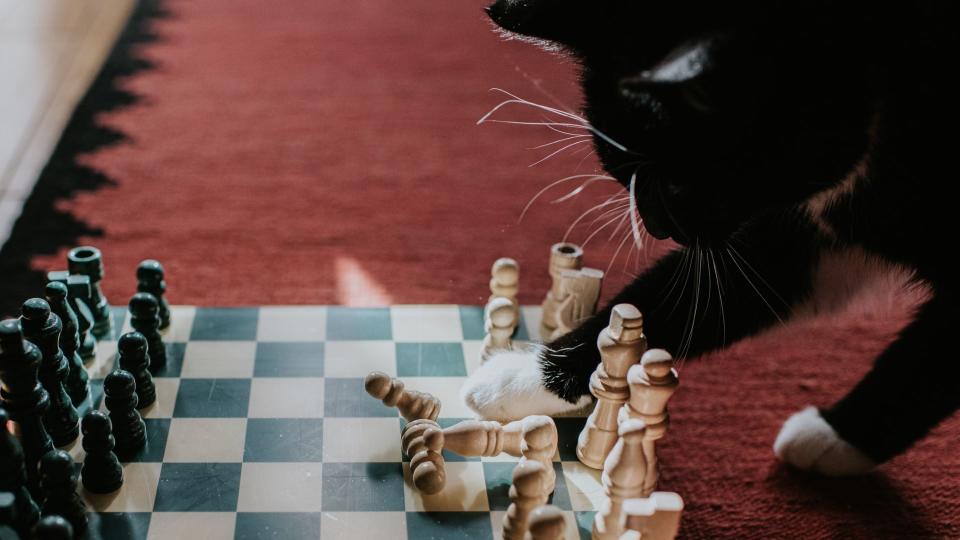
Breakables
Bear in mind that pets get into stuff. Even if you think, surely my new cat won't be able to get into the glassware cabinet, you can bet they will somehow try. Anything breakable sat on a high shelf or with a string that your pet can pull is a risk. Broken glass and ceramics can be dangerous for your pet's paws and even worse if ingested.
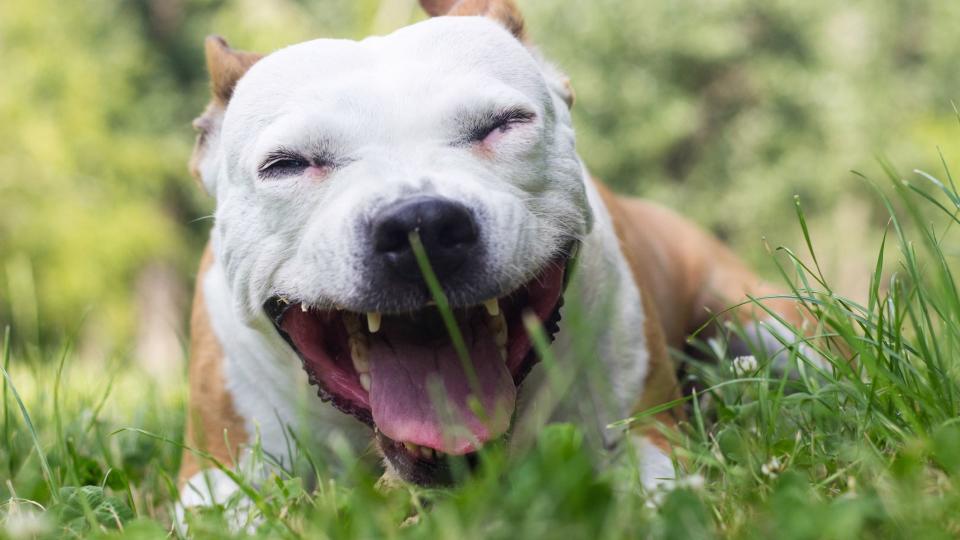
Choking hazards
Keeping choking hazards, debris and anything your dog or cat could potentially swallow well out of reach is a very important step to take in making your home more pet-friendly. Even items you wouldn't think of like sewing needles or yarn can cause your pet endless trouble if swallowed or stuck in their throat. Things like tennis balls and kongs can be dangerous for larger dogs because they can get caught in the throat. Always make sure anything your pet is chewing on or playing with is larger than their throat so it won't be accidentally swallowed.
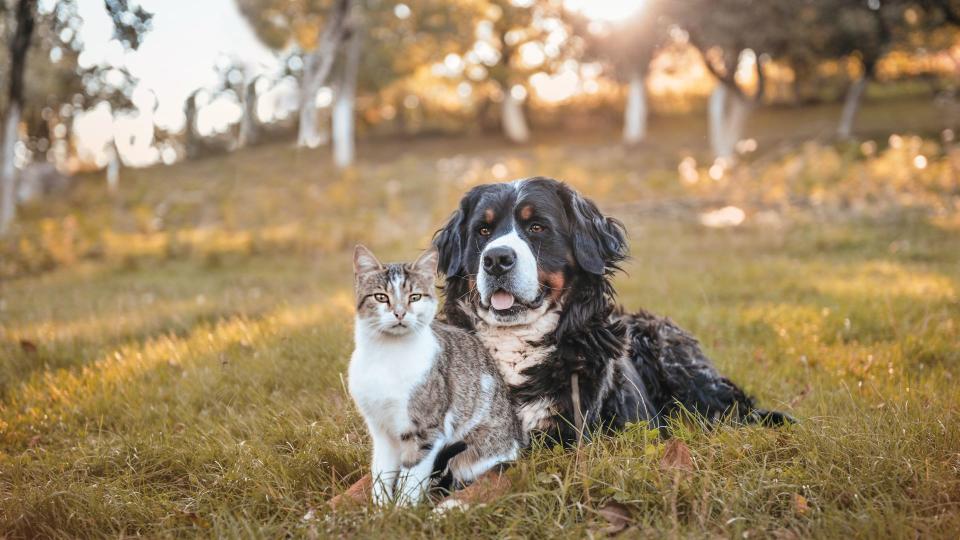
Other pets
If you have other pets, make sure that you introduce them to your new pet before you bring them home. Everyone in the house needs to get along and it isn't kind to put an existing pet or a new pet in a dangerous situation because you've not done your due diligence.

Children
Before you bring your pet home, make sure that the younger members of your family are familiar with basic body language and know to respect your new pet's space. Your pet will need time to settle in and should be able to feel safe in their home.

Secure medications
Make sure all medicines in your house (for people and pets) are kept in a secure cupboard or box. While it's unlikely your pet will get into a sealed pill pot, improper storage of medication can be deadly and it's not a risk worth taking.

Toilet lids
Make sure your toilet closes properly and the lid is heavy enough that your pet can't flip it up themselves. For some reason, sometimes our pets love to drink toilet water, but it's not great for them and it's a less-than-desirable habit. They could be exposed to bad bacteria and cleaning products through drinking from the toilet, so it should be discouraged.
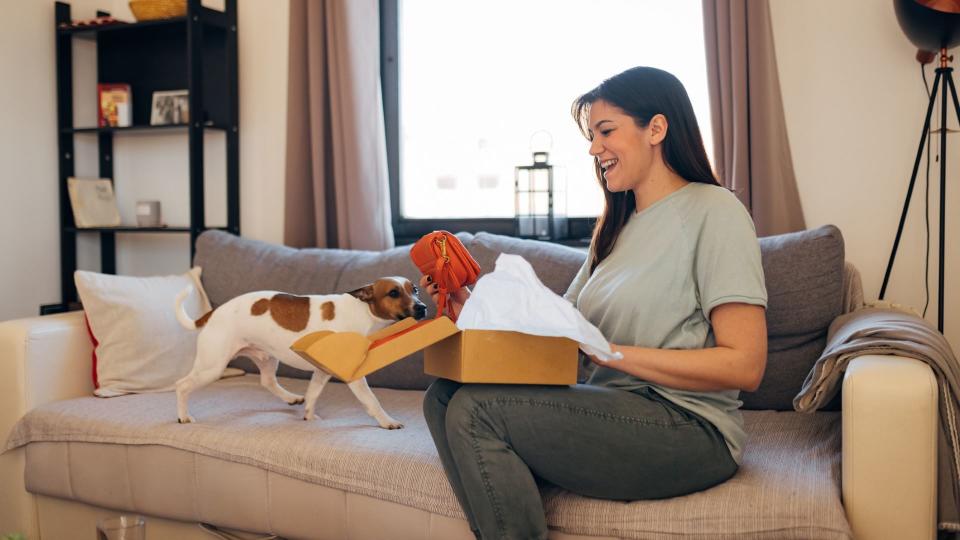
Outdoor mailbox
An outdoor mailbox can be a lifesaver if you have a nervous or reactive pet. Some pets can be destructive and the mail is a perfect outlet for their frustrations, so it saves you some hassle too. Cages that go over an in-door letterbox can be a hazard to your pet, particularly if they wear a collar.

Temperature control
Dogs and cats need a warm place to sleep in winter and a place to cool down in summer. Even if you think the temperature is comfortable, make sure you have the ability to bring it down or up if your pet indicates they are struggling. Some pets respond to temperature more than others, so bear this in mind.
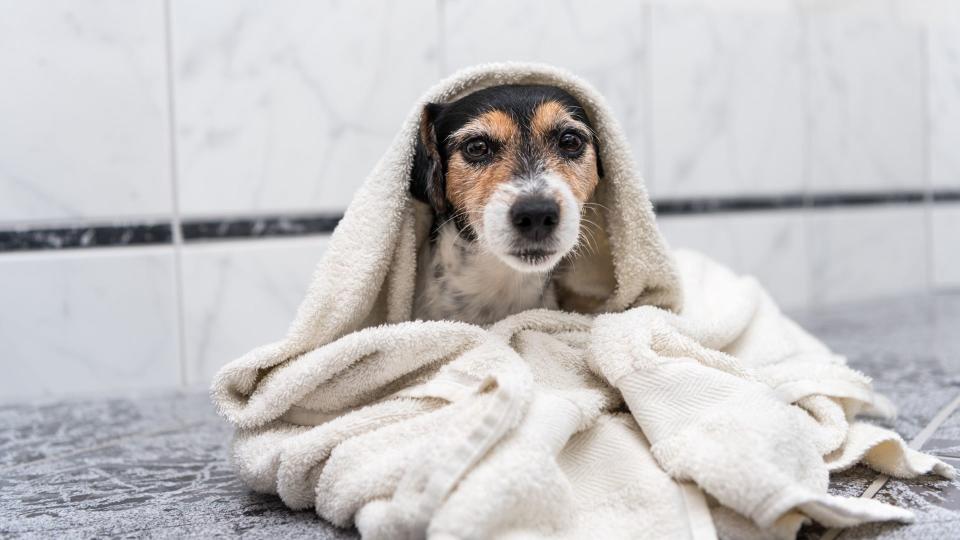
Towels
This one is more for you, the owner, rather than your pet. Having several towels designated for drying your pet off when they get wet or dirty will make your life much easier and keep your house towels clean.
It is important to make your home safe and comfortable for your pet — here are some things you can do to help